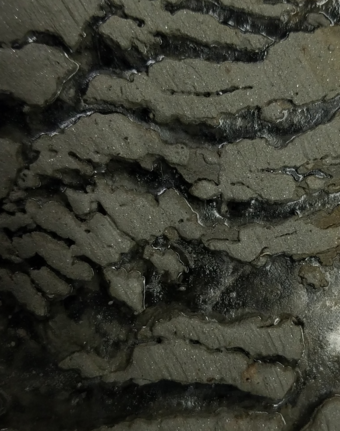Recent warming in the Arctic, which has been amplified during the winter1,2,3, greatly enhances microbial decomposition of soil organic matter and subsequent release of carbon dioxide (CO2)4. However, the amount of CO2 released in winter is not known and has not been well represented by ecosystem models or empirically based estimates5,6. Here we synthesize regional in situ observations...
Authors
Susan Natali, Jennifer Watts, Stefano Potter, Brendan Rogers, Sarah Ludwig, Anne-Katrin Selbmann, Patrick F. Sullivan, Benjamin W. Abbott, Kyle Arndt, Leah Birch, Mats P. Bjorkman, Anthony Bloom, Gerardo Celis, Torben Christiensen, Casper Christiansen, Roisin Commane, Elisabeth Cooper, Patrick Crill, Claudia Czimczik, Sergey Davydov, Jinyang Du, Jocelyn Egan, Bo Elberling, Eugenie Euskirchen, Thomas Friborg, Helene Genet, Mathias Gockede, Jordan Goodrich, Paul Grogan, Manuel Helbig, Elchin Jafarov, Julie Jastrow, Aram Kalhori, Yongwon Kim, John S Kimball, Lars Kutzbach, Mark Lara, Klaus Larsen, Michael M Loranty, Magnus Lund, Massimo Lupascu, Nima Madani, Avni Malhorta, Jack McFarland, David McGuire, Anders Michelson, Christina Minions, Walter Oechel, David Olefeldt, Frans-Jan Parmentier, Norbert Pirk, Benjamin Poulter, William Quinton, Fereidoun Rezanezhad, David Risk, Torsten Sachs, Kevin Schaefer, Neils Schmidt, Edward Schuur, Philipp Semenchuk, Gaius Shaver, Oliver Sonnentag, Gregory Starr, Claire Treat, Mark Waldrop, Yihui Wang, Jeffrey Welker, Christian Wille, Xiaofeng Xu, Zhen Zhang, Qianlai Zhuang, Donatella Zona














